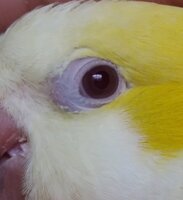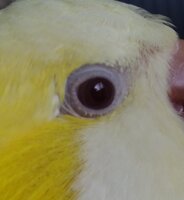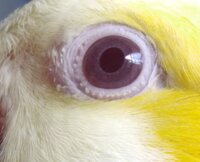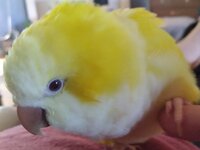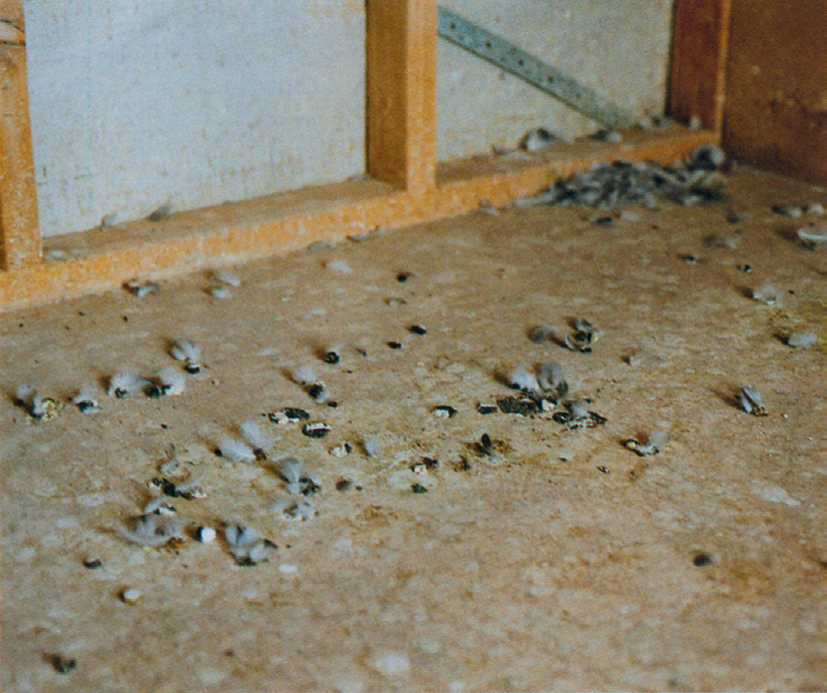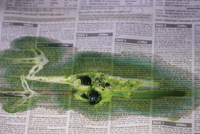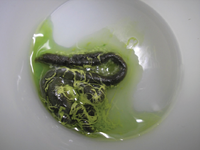D
Deleted member 57370
Guest
My saga with Chlamydia psittaci, a highly contagious bacterial infection of birds.. It can infect humans as well and then is often referred to as Parrot Fever. I just call it chlamydia, but I've seen it referred to recently as AC for Avian Chlamydia. That's a lot easier so for the remainder of my story I'll refer to the infection as AC.
AC is a tricky weird sneaky and kinda strange bacteria. When it was introduced into the United States by importation of wild parrots it caused a pandemic in humans . This was before antibiotics, so many humans died from Chlamydia psittaci ( bacterial) pneumonia. It was because of this Parrot Fever outbreak the National Institution of Health ( NIH) was created! ( if I can get extended editing privileges, I will come back and add some stuff on that)
A very brief overview on AC, in parrots it can cause acute disease and sudden death, or chronic low grade infection, or hidden carrie state with intermittent shedding, or the parrot can clear a non symptomatic infection on their own. It can remain dormant hidden inside a parrots kidney/liver / other for years, kept in check by the parrots immune system, but become active causing disease when the parrot is under stress. Stress from molt, cold snap, malnutrition , age, stress from dealing with a different infection, breeding raising chick's, or the stress of moving to a new home, weaning and post weaning stress.
AC is a systemic illness , as such it can cause a range of symptoms, from mild to sudden death being the only symptom ( usually in chick's prior to weaning for sudden death, but not always just in chick's)
Common AC symptoms, bright green urates or stool ( other than first morning poop) , fluffed, weight loss, ocular discharge in one or both eyes ( classic presentation in cockatiel), periorbital swelling, sneezing which can be intermittent with or without discharge, hoarseness or voice change , and more. Birds do not have to show all these symptoms to have AC.
Any symptomatic bird with any symptoms, diagnose by veterinarian must be treated to recover. Or you risk death of your bird either quickly or taking longer.
Treatment is doxycline for 45 days to clear it, do to dormancy periods. Your bird may seem to fully recover before the 45 days of treatment are over. Do not stop the doxycline you must finish the full 45 days! Relapses are common and a second full round of 45 days of doxycline needed. Because the bacteria aerosolizes and can persist in the environment for a time ..like in your vacuum filter, on your broom, a/c filter, porous perches and toys...
Ok , I'm sorry I need a short break, before I come back and share my flock outbreak story. If you have replies and comments, would you mind holding off? So my messy long story can flow together? Ty
AC is a tricky weird sneaky and kinda strange bacteria. When it was introduced into the United States by importation of wild parrots it caused a pandemic in humans . This was before antibiotics, so many humans died from Chlamydia psittaci ( bacterial) pneumonia. It was because of this Parrot Fever outbreak the National Institution of Health ( NIH) was created! ( if I can get extended editing privileges, I will come back and add some stuff on that)
A very brief overview on AC, in parrots it can cause acute disease and sudden death, or chronic low grade infection, or hidden carrie state with intermittent shedding, or the parrot can clear a non symptomatic infection on their own. It can remain dormant hidden inside a parrots kidney/liver / other for years, kept in check by the parrots immune system, but become active causing disease when the parrot is under stress. Stress from molt, cold snap, malnutrition , age, stress from dealing with a different infection, breeding raising chick's, or the stress of moving to a new home, weaning and post weaning stress.
AC is a systemic illness , as such it can cause a range of symptoms, from mild to sudden death being the only symptom ( usually in chick's prior to weaning for sudden death, but not always just in chick's)
Common AC symptoms, bright green urates or stool ( other than first morning poop) , fluffed, weight loss, ocular discharge in one or both eyes ( classic presentation in cockatiel), periorbital swelling, sneezing which can be intermittent with or without discharge, hoarseness or voice change , and more. Birds do not have to show all these symptoms to have AC.
Any symptomatic bird with any symptoms, diagnose by veterinarian must be treated to recover. Or you risk death of your bird either quickly or taking longer.
Treatment is doxycline for 45 days to clear it, do to dormancy periods. Your bird may seem to fully recover before the 45 days of treatment are over. Do not stop the doxycline you must finish the full 45 days! Relapses are common and a second full round of 45 days of doxycline needed. Because the bacteria aerosolizes and can persist in the environment for a time ..like in your vacuum filter, on your broom, a/c filter, porous perches and toys...
Ok , I'm sorry I need a short break, before I come back and share my flock outbreak story. If you have replies and comments, would you mind holding off? So my messy long story can flow together? Ty






